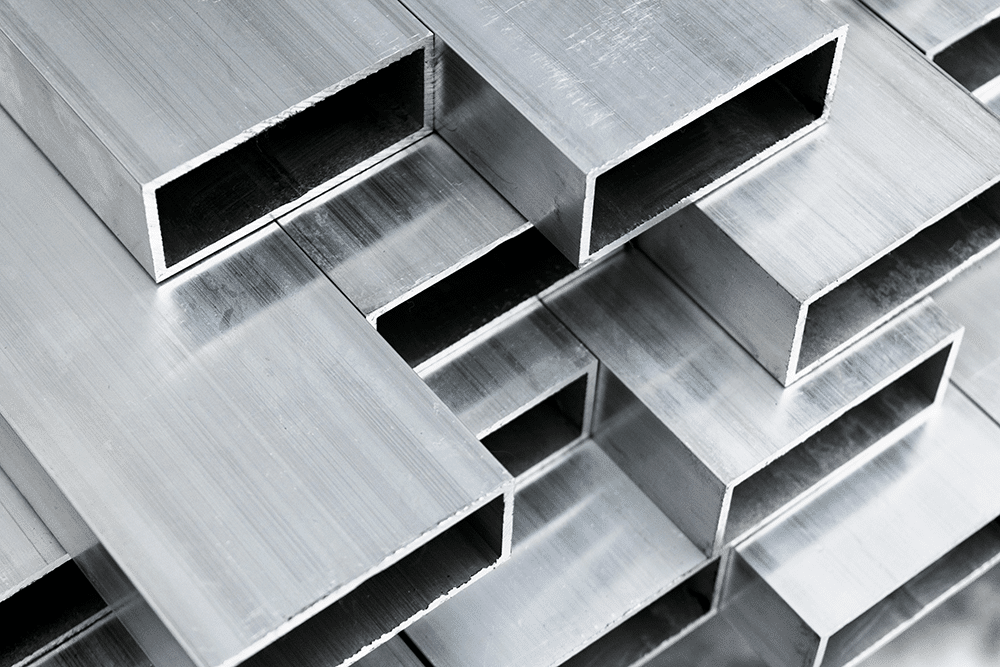Midwest Premium Explained
Midwest Premium: What is It?
The regional pricing of aluminum in the Midwest region of the U.S. is referred to as the “Midwest Premium.” Despite what some people may think, there is no “fee” that purchasers and end users must pay to cover the expenses of storage and shipping. Instead, it is just the going rate for aluminum in that particular area of the world.
A daily survey of significant buyers and sellers, comprising producers, traders, and a range of end users such as sheet mills, extruders, and automakers, is used to calculate the Midwest Premium, which makes it a good proxy for domestic demand conditions.

What Factors Impact the Midwest Premium?
Energy Costs:
Aluminum smelting is a high-energy process. The cost of manufacturing is directly impacted by changes in the price of power. Energy prices can influence smelter profitability and costs. Therefore, a surge in energy costs can raise the Midwest Premium dramatically.
Transportation:
The Midwest Premium is influenced by transportation expenses in two ways. First off, the actual transportation of aluminum ingots raises the total cost. Second, the transportation sector is a significant user of aluminum, especially in the aerospace and automotive industries. The premium may decrease if alternative materials become popular in certain industries and replace aluminum in terms of demand.
Global Market Jitters:
The Midwest market is a part of a larger ecosystem. Trade conflicts, sanctions or disturbances in areas that produce aluminum can have an international impact. The Midwest may see a rise in its premium if a significant supplier encounters a manufacturing stoppage or capacity curtailment.
Tight Supply:
If aluminum runs scarce, the Midwest Premium rises due to increased competition for available metal.
Scrap market:
The MWP has the power to affect aluminum scrap prices in the area, establishing a kind of price standard.
Demand Swings:
Prices for aluminum are determined by supply and demand, just like any other commodity. Strong demand from automakers and construction industries can drive up the pricing because the Midwest is an important hub for manufacturing. On the other hand, an economic downturn or a move to substitute materials may result in an abundance of aluminum and a decreased premium.
